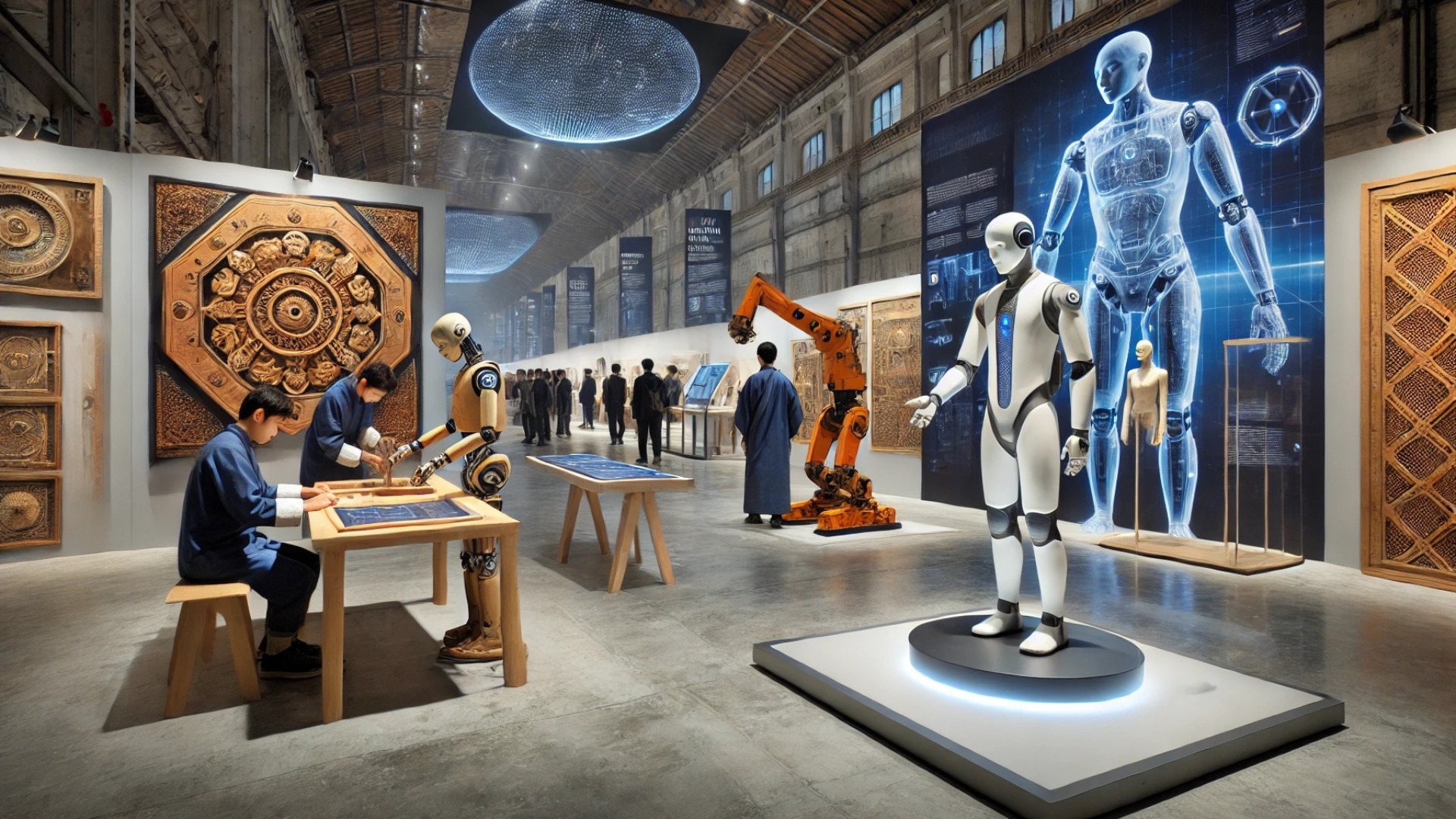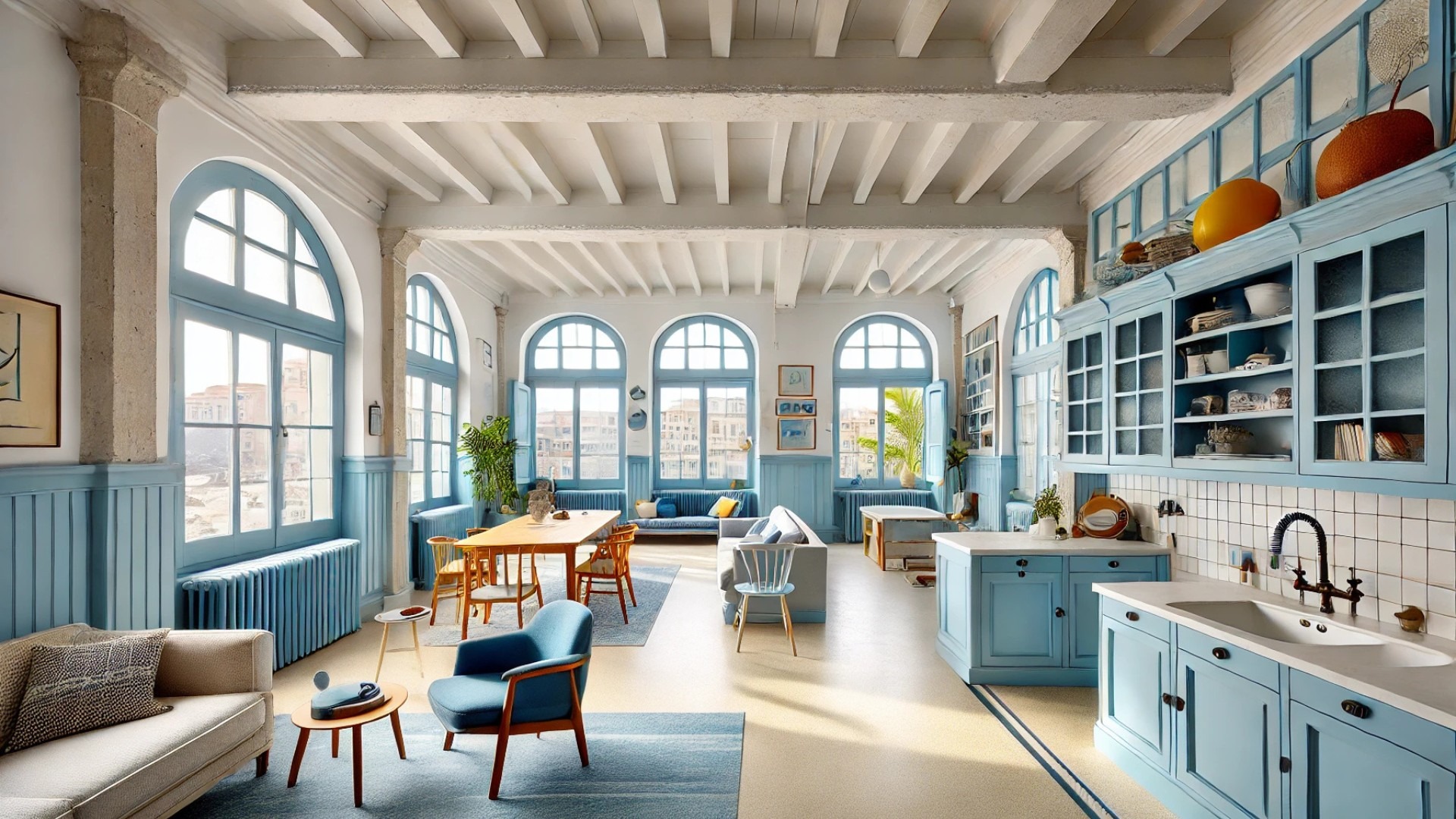
Rethinking the Future of Urban Living
As cities evolve into sophisticated ecosystems, the role of robots and artificial intelligence (AI) becomes paramount, as showcased at the 2025 Venice Architecture Biennale. This prestigious exhibition at the Arsenale offers visitors a poignant glimpse into how these technologies can integrate art, architecture, and humanity to foster synergistic relationships within future urban environments.
Robots as Collaborators, Not Replacements
One of the key messages resonating from the Biennale is that robots are not here to replace human labor but to enhance our capabilities. Among the innovative installations is the striking BioSuit, developed by Dava Newman and Guillermo Trotti. This cutting-edge garment incorporates a 3D textile design that personalizes fit while integrating temperature control and monitoring systems—pushing boundaries for astronaut functionality on the Moon and Mars. This suit embodies a significant leap toward adaptive technology, embodying the future where AI's utility is seamlessly aligned with human needs.
Cultural Heritage Meets Technological Advancement
The fusion of cultural craftsmanship with robotic assistance was particularly exemplified by a collaboration from noted architects including Bjarke Ingels Group. Here, traditional Bhutanese woodworking is enhanced through tools operated by robotic arms. This installation spotlights how age-old techniques can be enriched through modern technology, preserving history while allowing for innovation. This partnership between human artisans and AI signifies a new approach to craftsmanship in architecture, ensuring that traditional methods are not lost but instead transformed and revitalized.
The Potential for AI Self-Awareness
One of the Biennale’s most intriguing installations, '?Am I A Strange Loop?' by Takashi Ikegami and Luc Steels, raises existential questions about our future companions—robots. Featuring Alter3, a humanoid robot that explores the dimensions of self-awareness, this installation captivates audiences by encouraging dialogue on what it means to be human in a world increasingly populated by intelligent machines. The potential for robots to experience consciousness or self-awareness prompts an exciting discussion surrounding the interplay of technology and human emotion.
Building a Sustainable Future
Additionally, the Lunar Ark project introduces a visionary application of robotics to combat climate change. By housing critical data on the Moon, it uses robotic systems to ensure the Earth’s history is preserved beyond our planet. This project exemplifies how innovative architectural designs, bolstered by robotics, can extend sustainability and conservation efforts into space, highlighting a trend that could redefine our relationship with both Earth and beyond.
A Call for Curiosity and Engagement
As we reflect on the fascinating portrayals at the Venice Architecture Biennale 2025, it becomes evident that embracing the symbiosis of humans and technology fosters not only innovation but also makes room for preserving our human essence. The bridges built between craftsmanship, AI, and architectural design reimagine the landscapes of our future cities, where technology and humanity thrive hand in hand.
Explore these marvels that blend arts and sciences to imagine what our cities could become. The future invites your engagement, and through architecture, we can create meaningful connections that celebrate both tradition and progress.
 Add Row
Add Row  Add
Add 

 Add Row
Add Row  Add Element
Add Element 




Write A Comment